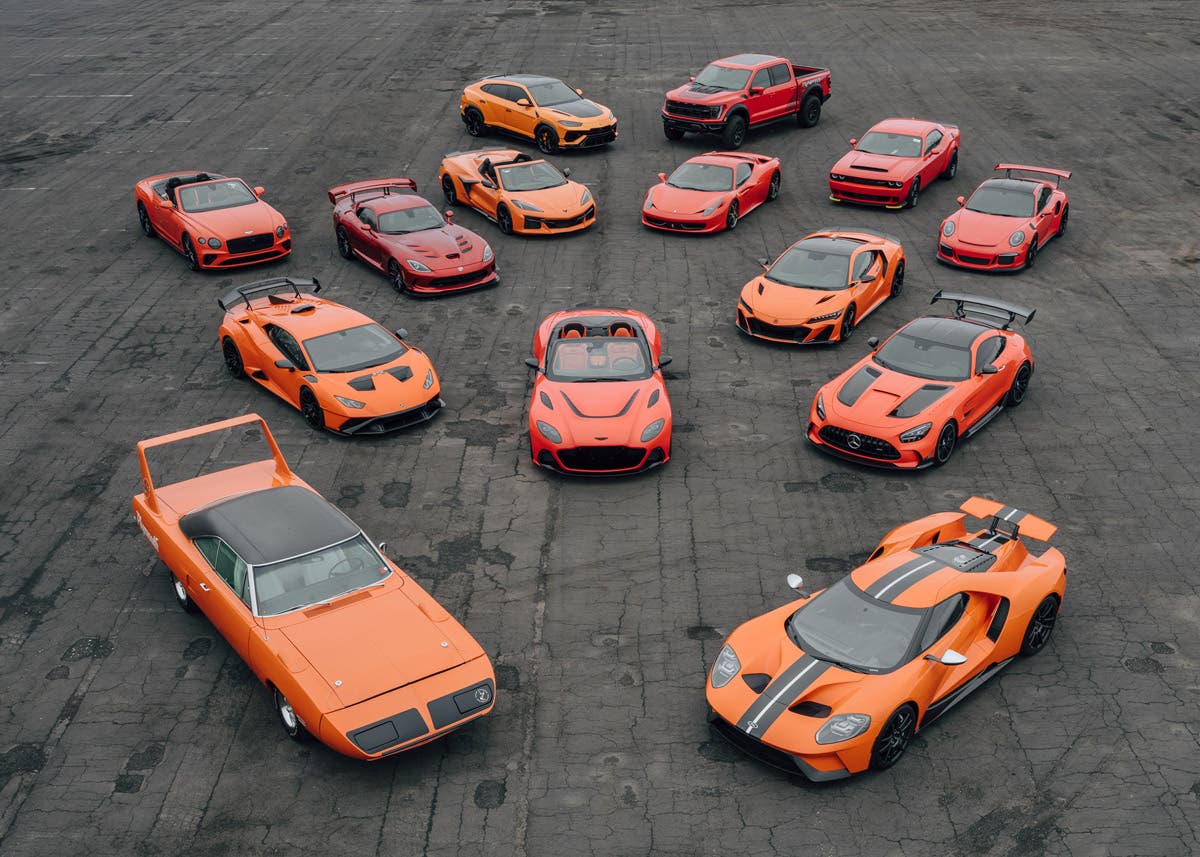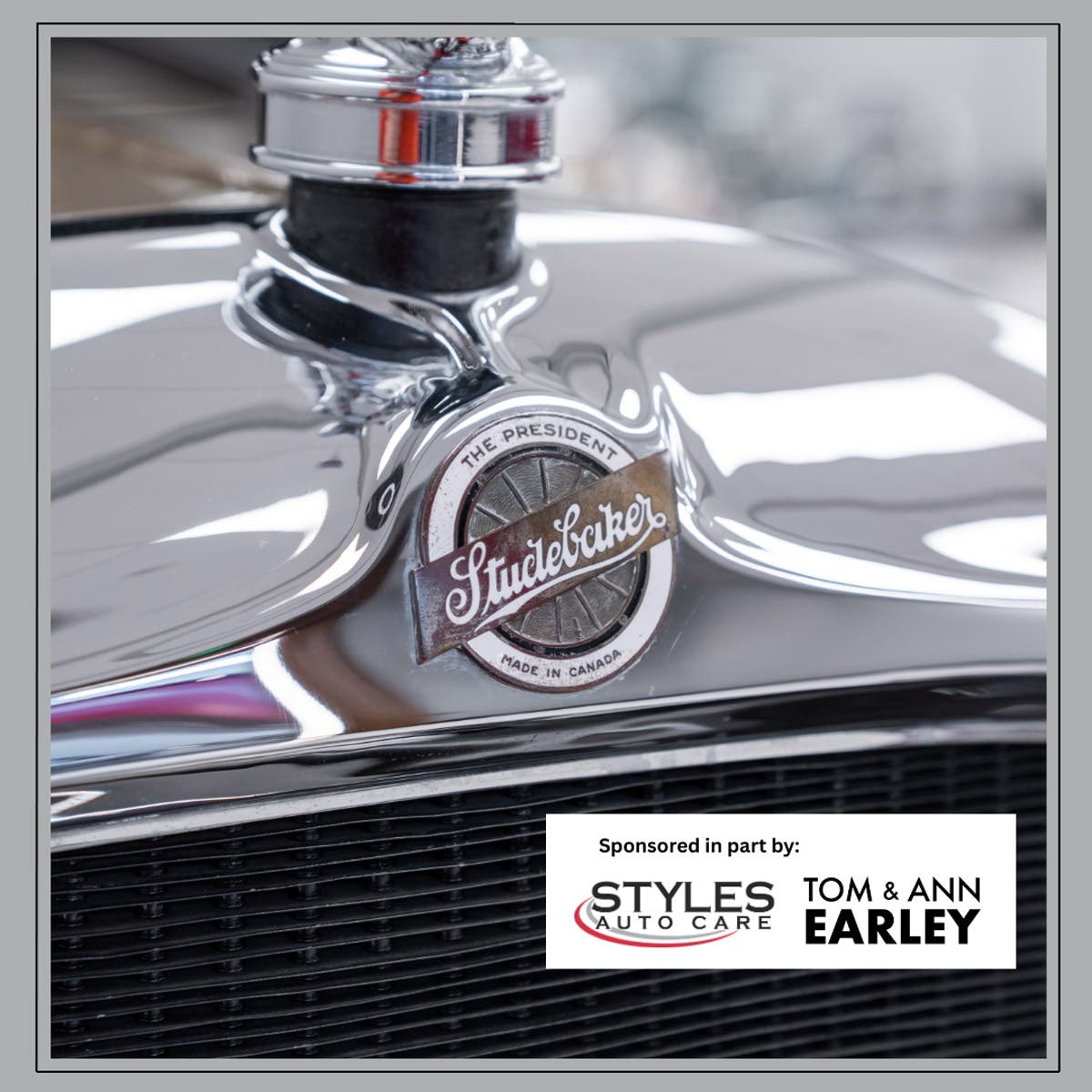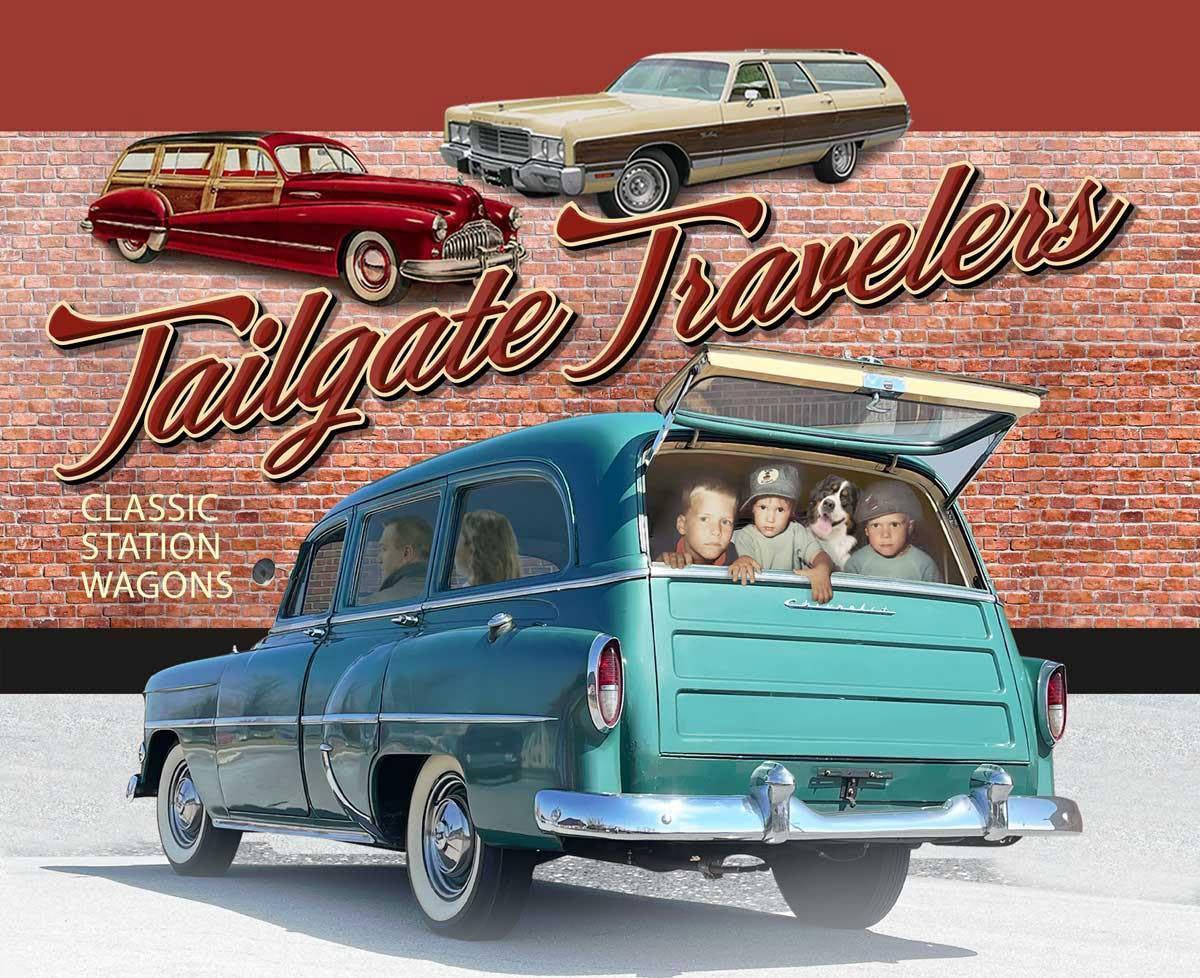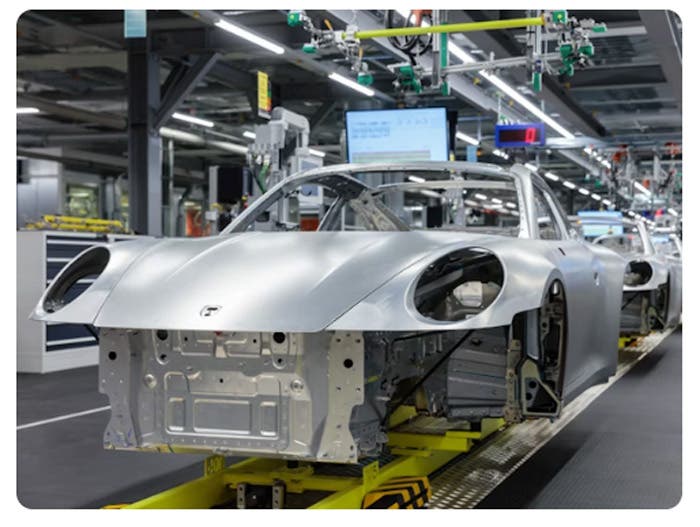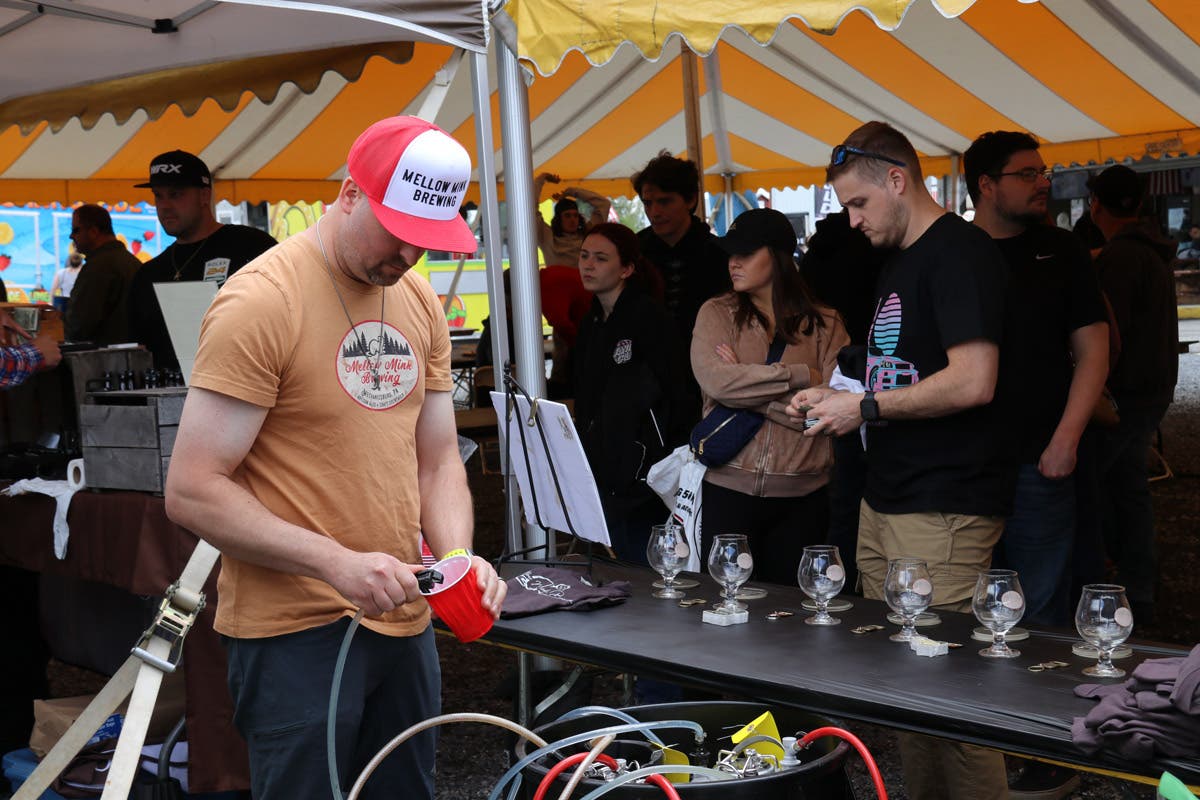The so-called energy crisis of late 1973 and early 1974 had far-reaching effects on the domestic automobile industry. No longer would it be business as usual with longer, lower, heavier and more-powerful new models regularly supplanting the previous editions.
One of those effects was in the luxury segment, as evidenced by the spring 1975 introduction of the 1976 Cadillac Seville, a four-door sedan based on a stretched compact unitized chassis that served the Chevrolet Nova, et al.
The Seville, in turn, begot a competitor from Lincoln, the Versailles, which bowed Apr. 15, 1977, at Lincoln-Mercury dealers, roughly two years after the Seville.
While the Seville was a stretched, tweaked and re-powered Nova, the Versailles was a Mercury Monarch, with gingerbread scattered all over the basic structure.
Wheelbase and body shell were the same. A new Lincoln-like grille, a trunk featuring a Continental-inspired trunk lid, thickly padded roof and seriously upgraded interior helped try to justify the $11,500 base price, more than twice that of the Monarch Ghia sedan on which Versailles was based. However, it was also nearly $2,000 less than a Seville.
Dealers were told not to display the Monarch and Versailles side by side on the showroom floor. Despite the visual similarities, the Versailles was far from a scam. High-quality components and assembly added up the dollars quickly.
"From the beginning of the assembly line to the end, we give each Versailles special care and handling," said Dale McKeehan, manager of Ford Motor Co.'s Wayne, Mich., assembly plant. "After body assembly is completed, each Versailles is pulled onto a special line where fit and finish is inspected and adjusted, if necessary." Of course, the question must be asked, "What did they do with their other cars?"
A 351-cid Windsor V-8 was standard (except in California, where buyers received a 302-cid V-8) as was a Select-Shift three-speed automatic transmission. A point was made of having balanced driveline components, wheels and tires (as opposed to unbalanced, no doubt).
All of this upgrading was doubtlessly beneficial to the Versailles owner, but well out of sight, and sales were less than spectacular, especially with no energy crisis at the time.
Versailles continued with minor changes for the full 1978 model year, but was visually upgraded for 1979, when the C-pillars were thickened to end the direct comparison to the Monarch. Versailles stayed in the lineup through the 1980 model year and was dropped. A replacement of sorts was the 1982 Continental, another four-door sedan, this time with styling that differed from the Mercury Cougar sedan, on which it was based.
Never popular in the showroom or the collector market, most Versailles today are valued well south of the $10,000 mark in top condition. Their value is not all that far from the also little-loved Monarch Ghia of the same vintage.
Strangely, the most popular vestige of Lincoln's smaller edition is the rear axle. It featured the famed Ford 9-inch differential with Traction-Lok and disc brakes. Street rod builders and customizers covet the Versailles componentry, and it's likely that more Versailles rear axles have survived than the cars themselves.



